Houseplant owners, yeah you! I know you have a few ;) There is so much we have to know in order to have healthy plants. Photosynthesis is one of them and is pretty important.
Today we have Dusty Hegge, of Houseplant Academy helping us understand photosynthesis.
Photosynthesis is the process by which all plants produce their own food. Pretty incredible, isn’t it! That rather than foraging (or running to the grocery store) plants make their own food just sitting there looking beautiful.
As dreamy as it may sound the process is actually very complex and there are a lot of parts at play. Having a very basic understanding of how it all works will help you to understand why we do what we do as houseplant collectors!
In order to photosynthesis houseplants need three things: sunlight, carbon dioxide, and water.
SUNLIGHT
Sunlight is absorbed by a green chemical in the leaves called chlorophyll. I get a lot of people asking me what plants they can keep in their office cubicle with no sunlight. The answer is none. The fact of the matter is plants need sunlight otherwise they will starve! It’s kind of like not having peanut butter for your PBJ. It’s a pretty integral part.
This is why the number one aspect of your prospective new houseplant’s care you need to evaluate is roughly how much sunlight it needs. Water and other factors are easy to manipulate, sunlight is completely out of your control.
There are a few visual indicators that will help you to determine if you have plants that require low, medium, or high sunlight. The first thing to keep in mind is that most houseplants require indirect sunlight, meaning that it is filtered in some way, and don’t appreciate too much direct sun. The only common houseplant that wants LOTS of direct sunlight are cacti and some succulents.
VARIEGATION: If you have a plant that is variegated that means the leaves have colors on it that aren’t green in some form of pattern or speckling. Usually, it’s white, but it can also be purple, red, or a variety of other colors. These plants have less chlorophyll and therefore need more exposure to sunlight to absorb the proper amount needed for the plant’s conditions.
WAXY, FUZZY, OR TEXTURED: These plants like the fuzzy soft leaves of the begonia or the waxy leaves of a peperomia have adapted to its environment by building a barrier between its chlorophyll and the sun. These plants still require indirect sunlight but need to be in a very bright space.
SOLID GREEN (ESPECIALLY DARK GREEN): Very solid green foliage or dark green foliage typically (but not always!) require, or will tolerate, less sun than their counterparts. This is because chlorophyll is more present in their leaves and they have more surface area with which to collect the sunlight.
As a houseplant collector before you bring your houseplant home do a quick google search and learn about the specific sun requirements for your houseplant. This will set your plant up to be in an environment it can truly thrive in!
CARBON DIOXIDE
We are all familiar with plants amazing ability to clean the air for us. As they breathe in all that carbon dioxide through tiny pores on their leaves called stomata they then release all that yummy, clean oxygen for us. It’s a pretty wonderful gift we’ve been given! As a houseplant collector, our job is to facilitate this process by keeping the leaves free of dust and debris.
Everytime your water, or at least every other time you water. Do a quick wipe down of the leaves using a damp cloth to wipe off any dust. I use a paper towel so that I can discard it in case my plant might have pests or other problems I don’t want to accidentally spread to any other houseplants. If your houseplant’s leaves are especially dusty then I suggest starting off with a dry cloth and then use a damp cloth to better help remove any build up.
Never use leaf polish or coconut oil on your plant's leaves. I have heard conflicting things about its use on leaves, but personally, I would steer clear of this product. A simple damp cloth will bring back shine and not clog up those precious pores. Keeping the leaves of your plant free from dust (and other plant product that can clog up pores) will also help your plant absorb more humidity.
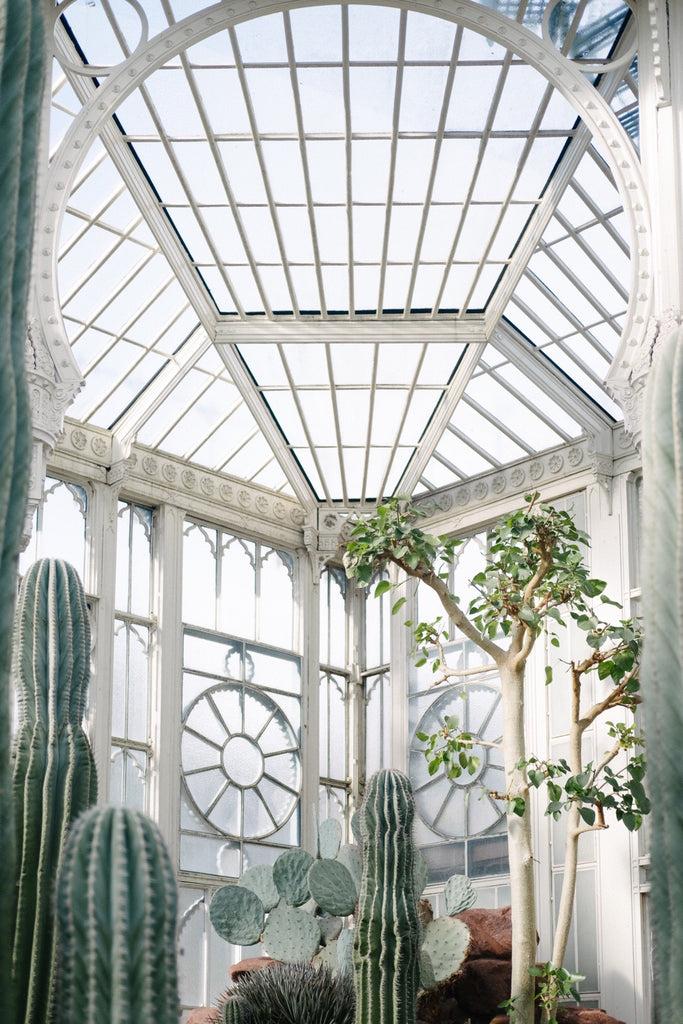
WATER
Improper water management is the number one reason why houseplants die. Personally, I think it’s because we don’t have a very open understanding of photosynthesis.
Water is collected by the plant's roots and the amount of water your plant needs is dependent first on the plant itself and then on the amount of sun it receives. See, sunlight, carbon dioxide and water all work together to create the plant's food (glucose) to provide the plant with the nourishment it requires to grow well.
All plants have an ideal balance of these three elements and when the balance is off you have to accommodate to that. So, for example, if you were to have a pothos (my top first-time houseplant suggestion!) that is getting more sun than normal it will also need more water than normal. Along the same line of thinking if your plant is getting less than ideal sun it also needs less than ideal water.
Most houseplants prefer to dry out more than we think they do. I always suggest feeling the soil before you water, because your soil can play tricks on you! As a rule of thumb stick your finger in the soil and if it is dry to your second knuckle give it a good watering. There is a lot more to be learned in the world of watering, but this is the very best place to start!
All plants require more than just sunlight, carbon dioxide, and water to truly thrive but monitoring these three elements will better enable your plant to utilize the other nutrients it needs to truly grow well. And that’s all we really want as houseplant collectors, right? All the happy little houseplants!
I have created a free Houseplant Warning Signs Guide to help you to distinguish when one of these elements may be a bit off so you can catch the mistake (and fix it!) before your plant suffers a tragic planty death! Because of spoiler alert! Your houseplant won’t suddenly die! It does specific things and behaves in a specific way to communicate with you that something about its care may be off. I can help you figure out what the heck it’s trying to tell you! You can download your free guideHERE
Check out our Adopt A Plant tee for all those trips to the nursery! ;)
Shop our super soft tees here!

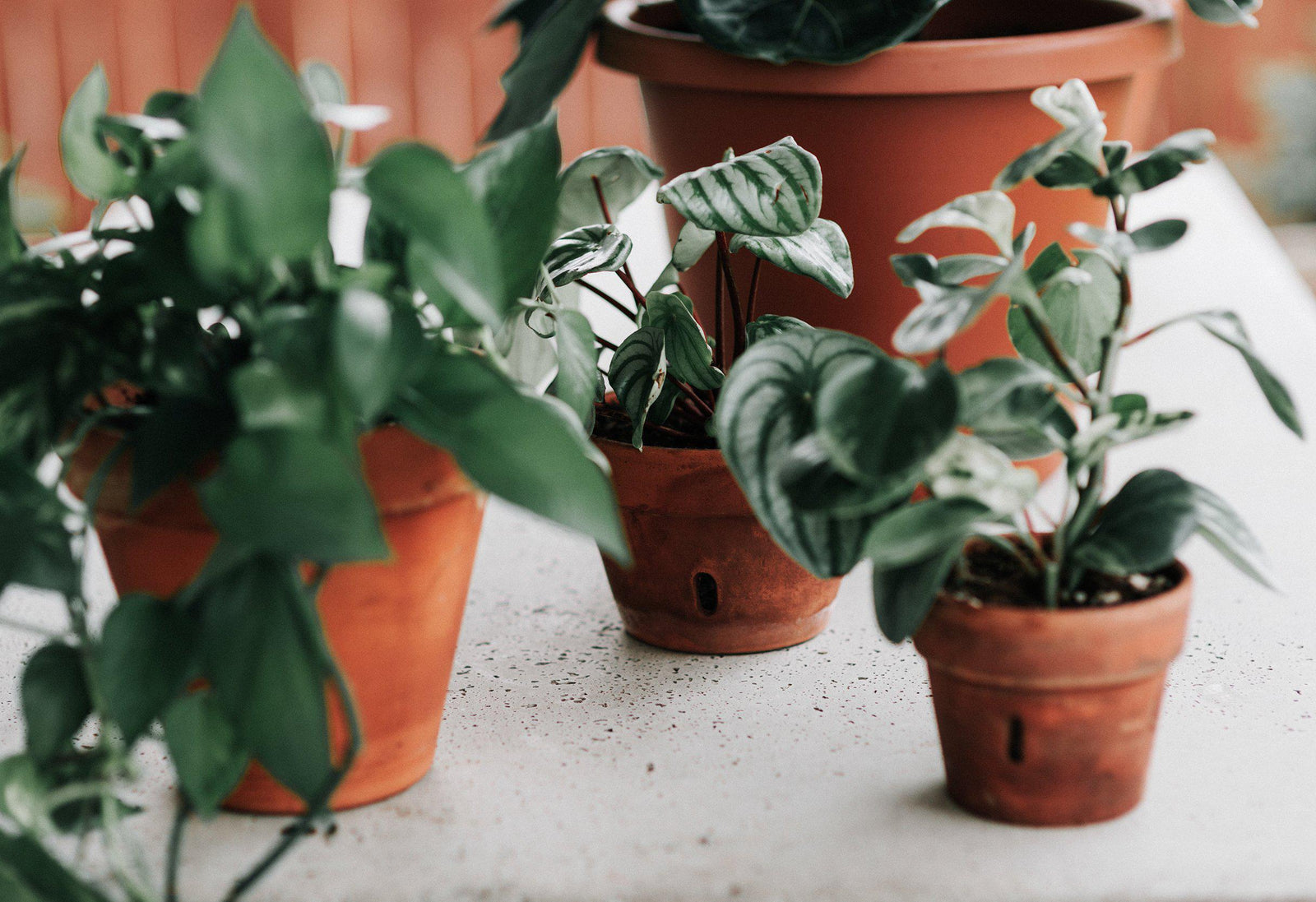





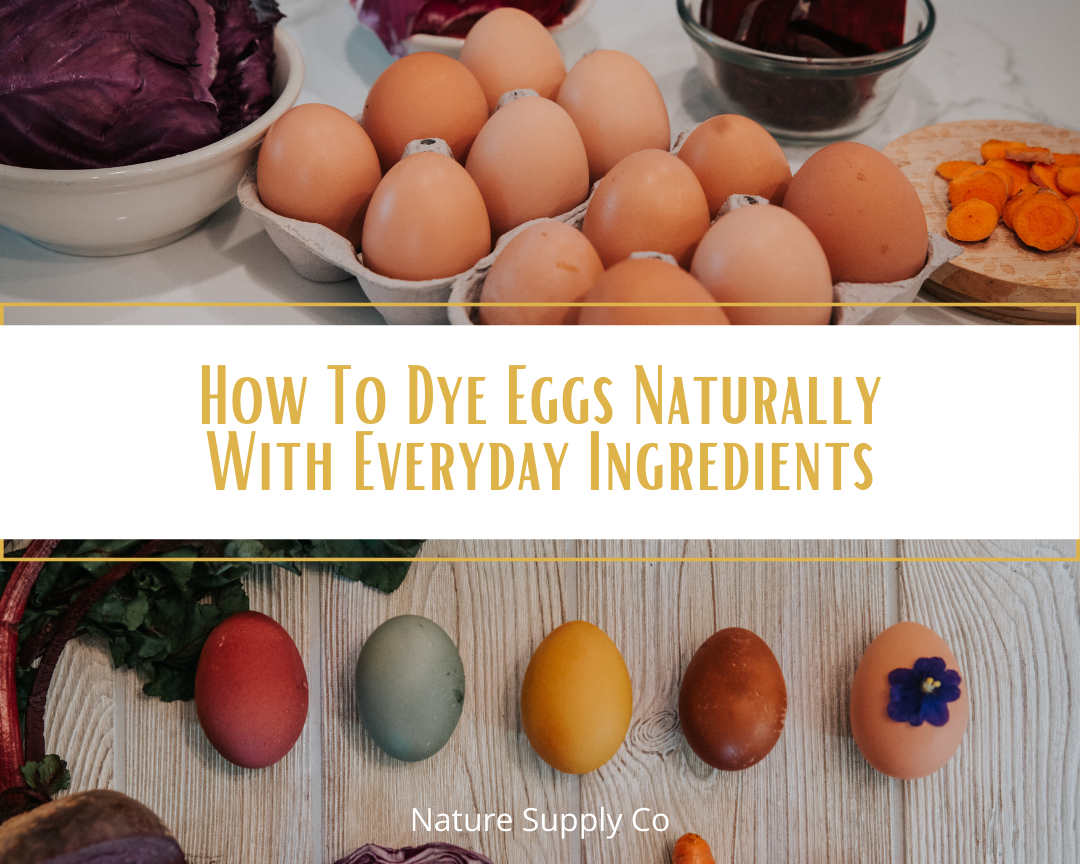
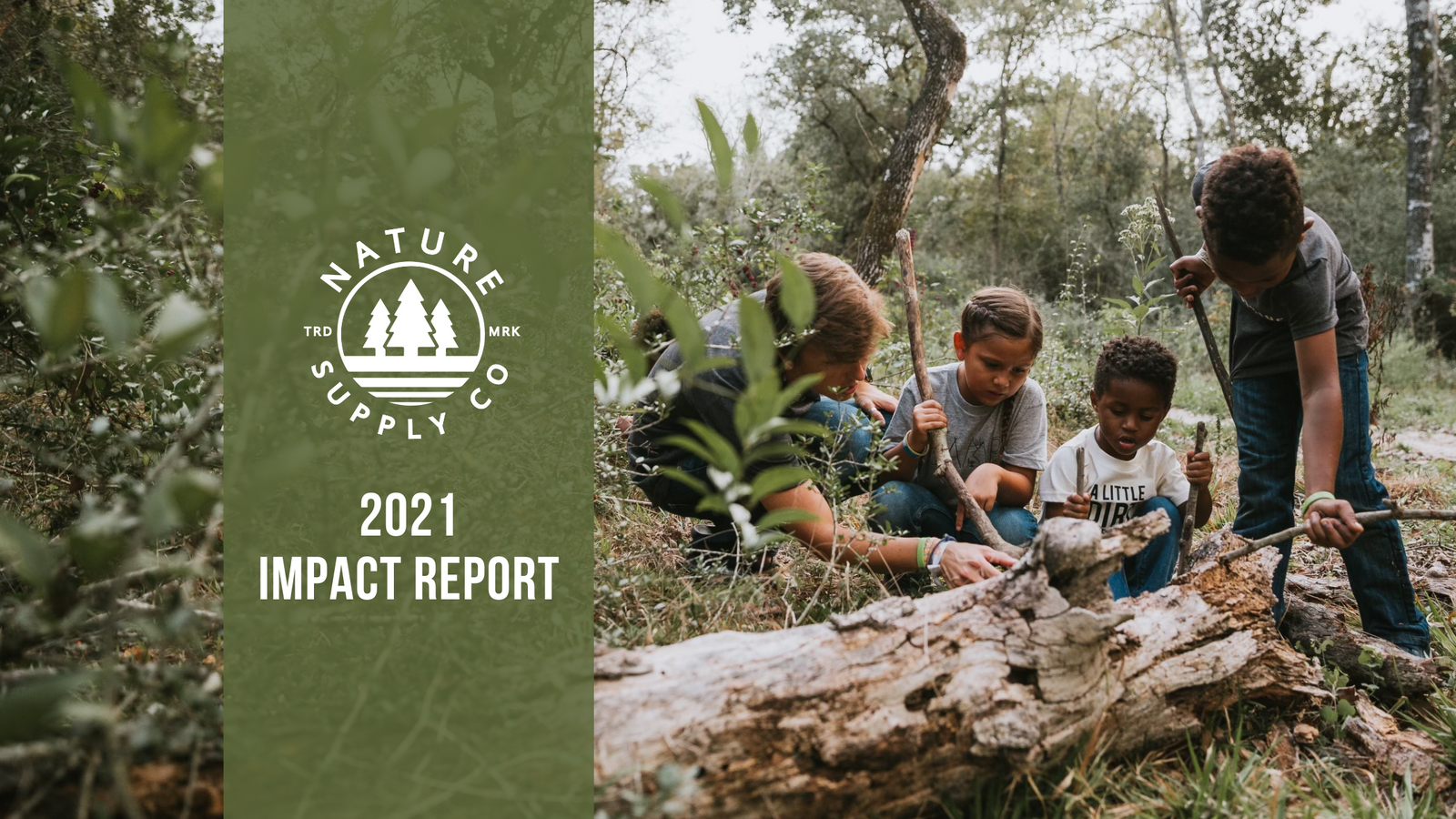
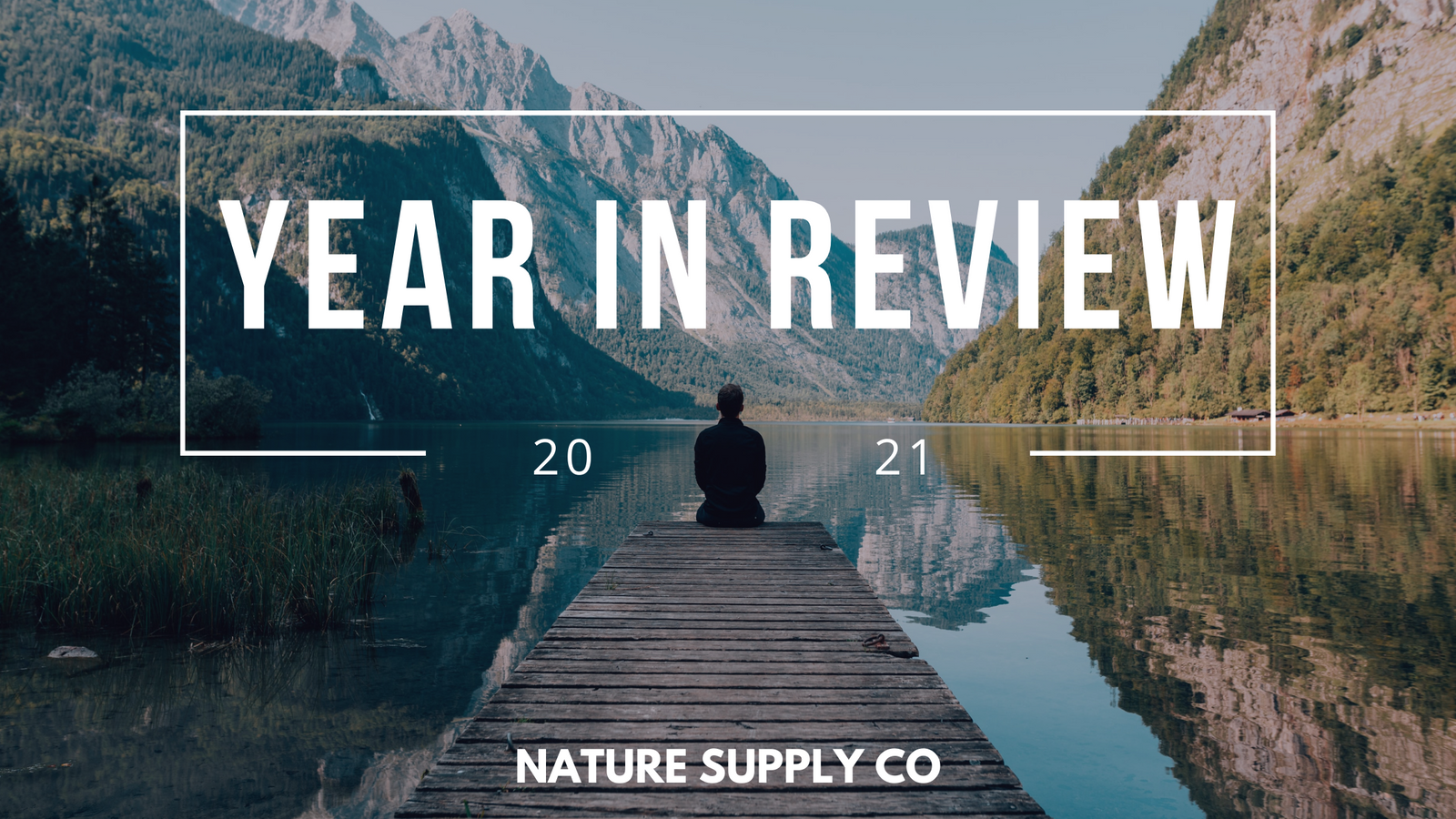
Leave a comment (all fields required)